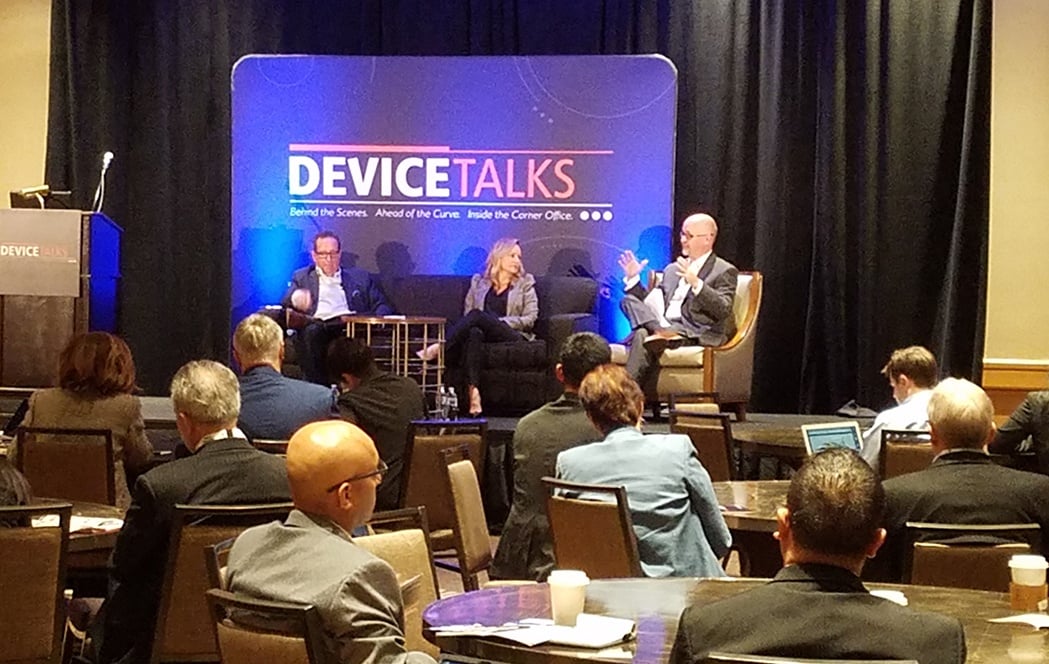To succeed in the MedTech industry, you need a medical device that is superior to the competition. The most effective way to achieve this is by gathering teams with the right expertise to create the best product on the market. Sometimes, this involves outsourcing product development to a contracted team who is better equipped to manage certain parts of your project. It’s vital that you, as the OEM, handle these relationships strategically. As I learned by attending a session titled “Tools for Succeeding with Outsourced Product Development” at DeviceTalks West, it’s important to follow these best practices to help your partnership run smoothly:
DeviceTalks West Takeaways
Work out a development strategy
Set the course for each stage in the process. Once you have a defined plan, you can easily communicate your project goals to the contracted team.
Find a connection in team cultures
Both companies have to make sure that their team cultures do not clash. When you’re deciding between which team to work with, center a majority of the conversation on finding a connection between the two groups. You’ll be collaborating with these people for the next year or longer, so you’ll want to know before agreeing to a contract that the relationship has a good potential to succeed.
Keep communication lines open
Both teams have to stay connected. Introduce the contracted team to as many people involved in the project as possible. Continued communication is key, whether that’s through conference calls, on-site meetings or emails.
Create a robust user feedback requirements list
Define a required list of people to collect user feedback. Interview a diverse group of people who come in contact with the device including patients, customers, nurses, doctors, etc. It’s also important to get feedback from the people who use the device in different settings. For example, include high-volume surgeons and compare their feedback to the low-volume surgeons. Depending on where your product is distributed, include different locations throughout the country and internationally. Share this list and feedback with your contracted team to keep them on the same page.
Visual of patient’s journey
Create a visual of the patient’s journey, so you don’t overlook any part of the process of using your device. Start with the first doctor’s appointment where the patient initially learns about the procedure he or she might need involving your device. Again, your contracted team will find this information very valuable, so share it with them as soon as you can.
Following these best practices for working with contracted teams will help you confidently proceed throughout the product development stages. From finding a connection between the teams to defining details, each step will lead to a better product for your customers as well.
If you’d like to learn more, or need help with a custom cart solution for your medical device, contact us today.

